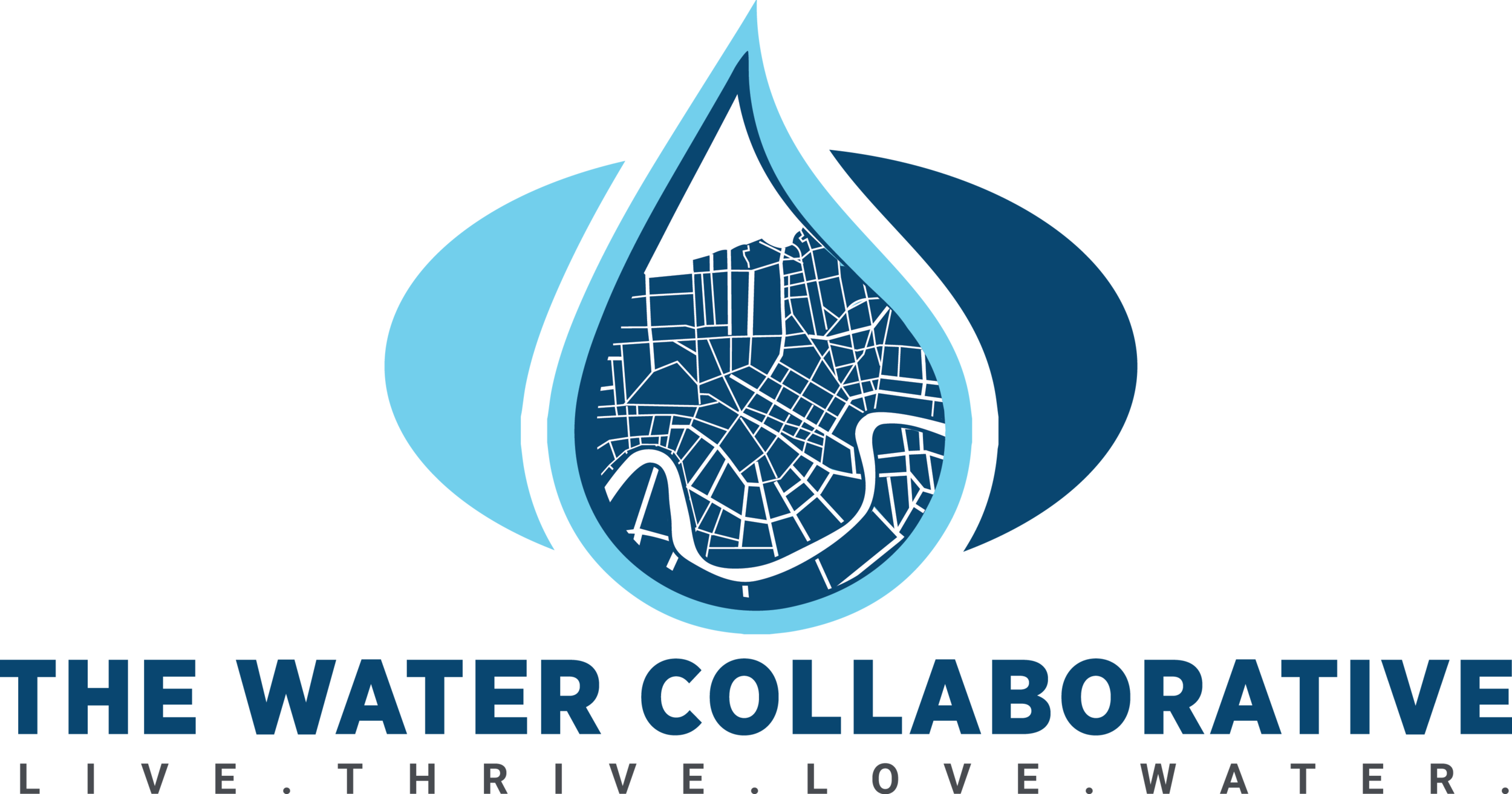Funding the Flow: The Impact of Congressional Earmarks on Water Infrastructure
By: Taya Fontenette, Policy and Research Coordinator
As America's infrastructure continues to age, the need for substantial federal investment to enhance the nation's quality of life has become increasingly evident. The American Society of Civil Engineers graded Louisiana’s drinking water infrastructure with a D- and its wastewater infrastructure with a C-, indicating significant deficiencies in both sectors. Further, the Louisiana Department of Health recently graded individual drinking water systems in Louisiana, resulting in one-third of systems receiving C, D, or F grades.
The 2021 Bipartisan Infrastructure Law (BIL) plays a central role in rebuilding the nation’s infrastructure by addressing crucial shortcomings and improving the overall well-being of communities across the nation. The Drinking Water State Revolving Fund (DWSRF) and Clean Water State Revolving Fund (CWSRF) programs are where the federal government's commitment converges with the critical goal of revitalizing and advancing our country's water infrastructure. The BIL appropriates more than $43 billion to be administered by the Environmental Protection Agency (EPA) to states through the existing CWSRF and DWSRF programs from 2022 to 2026. However, this critical investment is now being undermined by congressional earmarks.
Congressional earmarks allow members of Congress to redirect funding to projects in their districts or states during the appropriations process. Usually, the EPA allocates Congress-approved capitalization grants for State Revolving Funds (SRF) to individual states using a need-based formula. However, the practice of earmarking can disrupt access to essential funds for vital projects, diverting federal water aid toward initiatives that may not align with the strategic priorities of the EPA. Over the past two fiscal years, approximately $2.3 billion in federal water funds were redirected to earmarked projects, causing a shortfall of around $660 million in federal water aid for 38 states and territories. This practice has raised concerns about the equitable distribution of resources and the potential for political motives to overshadow genuine infrastructure requirements.
Source: Tony Romm. "States lose federal water funds as lawmakers redirect money to pet projects." The Washington Post.
Challenges and Consequences
Earmarks have the potential to disrupt water infrastructure financing programs in a variety of ways:
Long-Term Funding Reduction: Earmarks typically allocate funds as grants through State Revolving Funds rather than loans. While this sounds good on paper, the shift from loans to grants hampers the sustainability of funding over time and reduces the available resources for long-term water infrastructure investment.
Equity Considerations: Earmarks can hinder efforts to address equity concerns. Grants and low-interest or principal forgiveness loans funded by the Bipartisan Infrastructure Law are meant to be directed towards economically disadvantaged communities that may struggle to repay loans. Funds diverted by earmarks are not centered around equity but rather used for political gain.
Bypassing the Selection Process: Earmarks disrupt the established process wherein state agencies solicit public input to determine which projects should be financed. This undermines procedural justice and community involvement in decision-making.
Implementation Complexity: Unlike SRF projects that are overseen by state agencies, earmarked projects necessitate additional oversight from federal agencies such as the EPA. This added layer of supervision can lead to complexities in the implementation process and even potential delays for critical infrastructure projects.
The Impact on Louisiana
The state's DWSRF program, administered by the Louisiana Department of Health, has encountered fluctuations in financial support. In Federal Fiscal Year (FFY) 2021, the DWSRF program received approximately $16.4 million in federal funding, reduced to approximately $10.5 million in FFY22, and is expected to decrease again in FFY23. In the same time frame, Louisiana's CWSRF program, administered by the Louisiana Department of Environmental Quality, experienced a reduction from $17.5 million to about $12.7 million. These reductions, caused in part by Congressional earmarking, underscore the importance of maintaining stable and adequately funded water infrastructure to support the well-being of states like Louisiana.
A key recommendation is for Congress to fully allocate the authorized amounts for the Clean Water and Drinking Water State Revolving Funds, averaging about $3 billion per year. Furthermore, if earmarks are employed for water infrastructure, they should complement, not diminish, the authorized funding and prioritize the needs of communities most in need. Given the increased—but finite—funding from the Bipartisan Infrastructure Law, the diversion of funding through congressional earmarks poses potential risks to the long-term integrity of the DWSRF and CWSRF programs. The 117th Congress’ decision in 2021 to reintroduce earmarks after a decade-long moratorium signified a new era for congressional influence over federal funding. As we navigate through this evolving landscape, it becomes pivotal to objectively evaluate how earmarks might impact resource allocation and policy priorities, potentially undermining the provisions set forth in the Bipartisan Infrastructure Law. To ensure the effectiveness of water infrastructure financing, it is imperative to adopt a balanced approach that guarantees long-term sustainability and efficacy.

